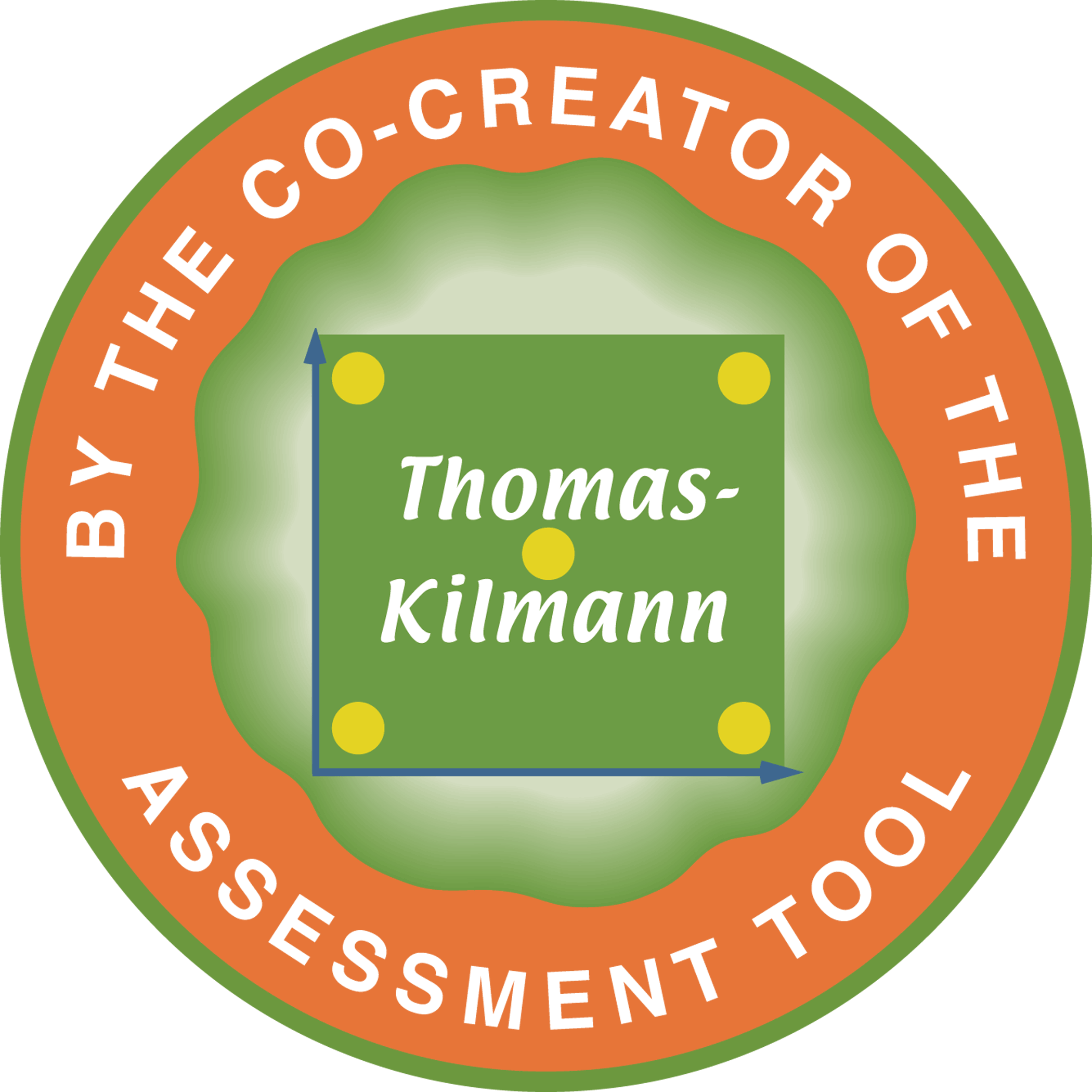07 Jan The Distinction Between Accommodating and Avoiding
Ralph H. Kilmann, co-author of the Thomas-Kilmann Instrument (TKI)
People often ask me to spell out the difference between accommodating and avoiding. Or, as some say: “Accommodating is an easy way to avoid, since you can quickly remove yourself from the situation by giving in to the other person. So what’s the difference?”

The key distinction for me is to assess whose needs get met (and to what extent) as a result of using a particular conflict mode. In particular, if your behavior results in the other person getting his/her needs met while you don’t, that is an unambiguous definition of accommodating (high in cooperativeness and low in assertiveness). True, you may quickly escape the situation AFTER you let the other person have his way, but the fact is that the other person DID get what he wanted. However, if you behave in a way that prevents both of you from getting your needs met (which may or may not be the best approach in that situation), your conflict mode is defined as avoiding (low in both assertiveness and cooperativeness).
For me, by making this distinction between different possible outcomes of the conflict (regarding whose needs got met and to what extent), it’s easiest to sort out the five modes…more clearly than making the more complex argument that you can remove yourself from a situation by accommodating, compromising, or competing. In the latter case, strangely enough, if you know that competitive behavior will turn the other person off and thus you can avoid the situation by competing, you could view competing as a strategy to avoid. But, again, I find it more straightforward and convenient to say that competing is evident when you get all of your needs met (high in assertiveness for you) and the other person gets none of his needs met (high in cooperativeness for him).
In essence, I am distinguishing (and prioritizing) such concepts as intention, behavior, and outcome…and that each of these “perspectives” can lead to a slightly different interpretation of which conflict mode is being used and for what purpose. INTENTION is often elusive in the mind, conscious or unconscious, of the actor. Indeed, sometimes the intention is justified or rationalized after the encounter has already taken place. Thus, sometimes people don’t know their intention until they have had time to think about their motives. BEHAVIOR is subject to different interpretations, especially when complex, sequential strategies are involved. But when each person in the situation can be asked, after the fact, to what extent his/her needs have been met, it is more obvious which modes have had the ultimate impact on the OUTCOME of that conflict situation.
Kilmann Diagnostics offers a series of eleven recorded online courses and nine assessment tools on the four timeless topics: conflict management, change management, consciousness, and transformation. By taking these courses and passing the Final Exams, you can earn your Certification in Conflict and Change Management with the Thomas-Kilmann Instrument (TKI). For the most up-to-date and comprehensive discussion of Dr. Kilmann’s theories and methods, see his 2021 Legacy Book: Creating a Quantum Organization: The Whys & Hows of Implementing Eight Tracks for Long-term success.




